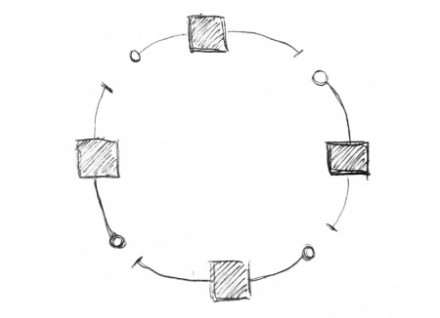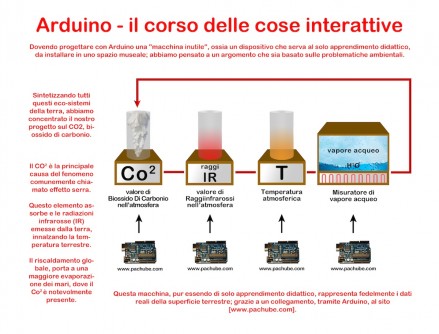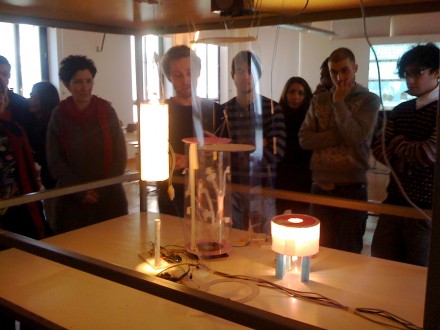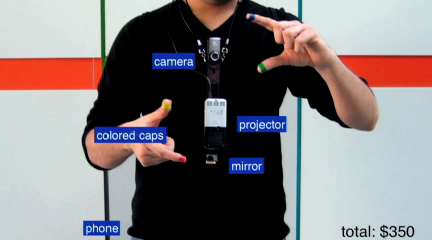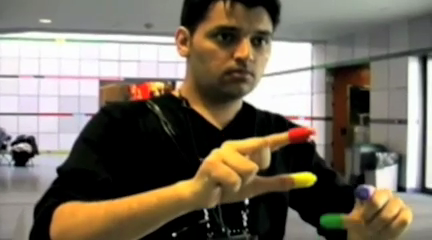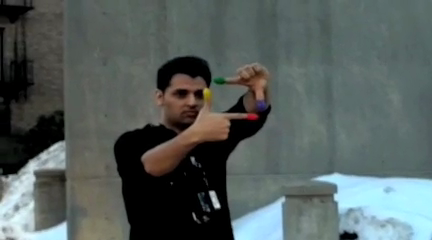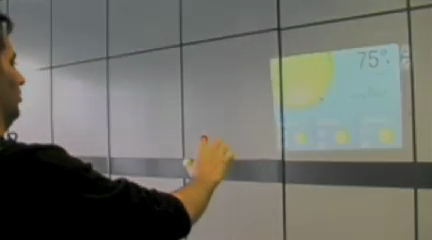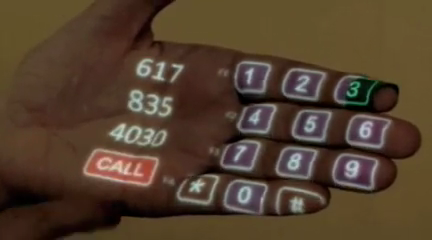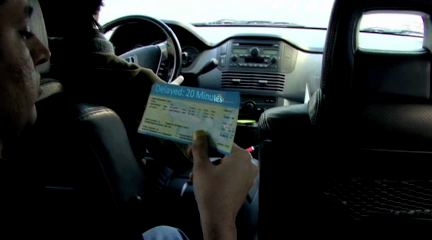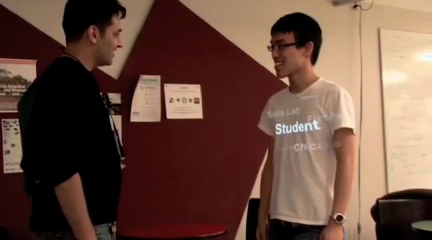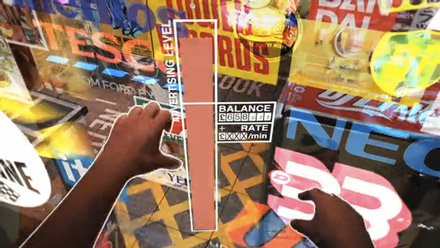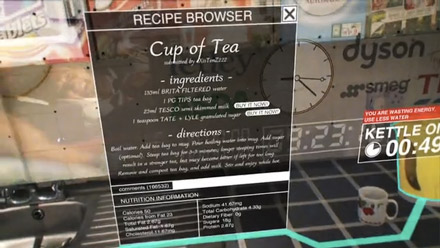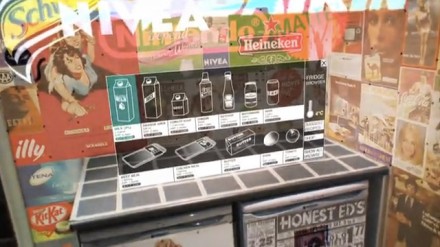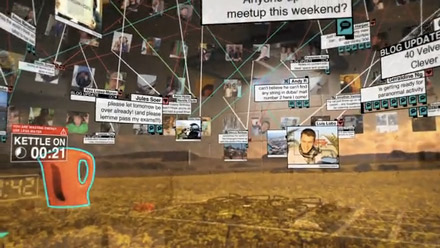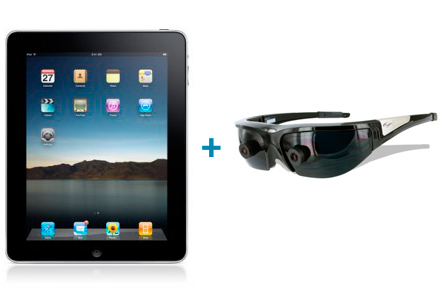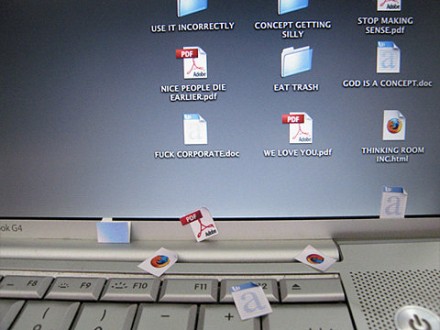
This term, “Augmented Reality”, is pretty vague.
In fact it’s used for describing different approaches, and even things that with AR have little in common (the term “buzzword” comes in my mind very clearly).
So we can think about it as
A two-way communication between the virtual and the real world
Our digital tools multiply the information enriching the context of our physical environment, and our world affects how data interact.
Four levels of augmented reality emerge.
These four levels overlap in some ways.
Here they are:
- LEVEL 0, Physical world hyper linking: it deals with the interconnection of databases and objects in our world. It all started with the 1D UPC bar code, now present in every product. Now available are 2D bar codes, most notably QR codes and Data Matrix. Well, some don’t even call this level AR. In this group is also present 2D image recognition, overlapping with Level 1.
- LEVEL 1, Marker based AR: Semi-autonomous animations are triggered by objects seen trough a webcam. It allows the display of 3D informations from a 2D input and “increases” the information available. That’s “real” AR, because it contemplates a two-way communication between virtual and real: reality gets processed in real time recognizing specific markers, and on the top of this reality graphics get rendered and displayed in real time.
- LEVEL 2, Markerless AR: is superimposing data to the surrounding world. It’s the exploration of reality through the information added to the context. Great with mobile phones! Of course, the phone needs to know where it is (GPS) and where is looking at (compass).
- LEVEL 3, Augmented vision: let’s quote futurologist Robert Rice
We must break away from the monitor and display to lightweight transparent wearable displays (in an eyeglasses formfactor). Once AR becomes AV, it is immersive. The whole experience immediately changes into something more relevant, contextual, and personal. This is radical and changes everything. As I have said before, this will be the next evolution in media. Print, Radio, Television, Internet, Augmented Reality (well, Vision).L3 must also be mobile massively multi-user, persistent, shared, dynamic, and ubiquitous.
Confused? Well, me too, sometimes.
Next posts will deal with a few examples to make things clearer.
(thanks to Robert Rice and to the unknown creator of the pic)
